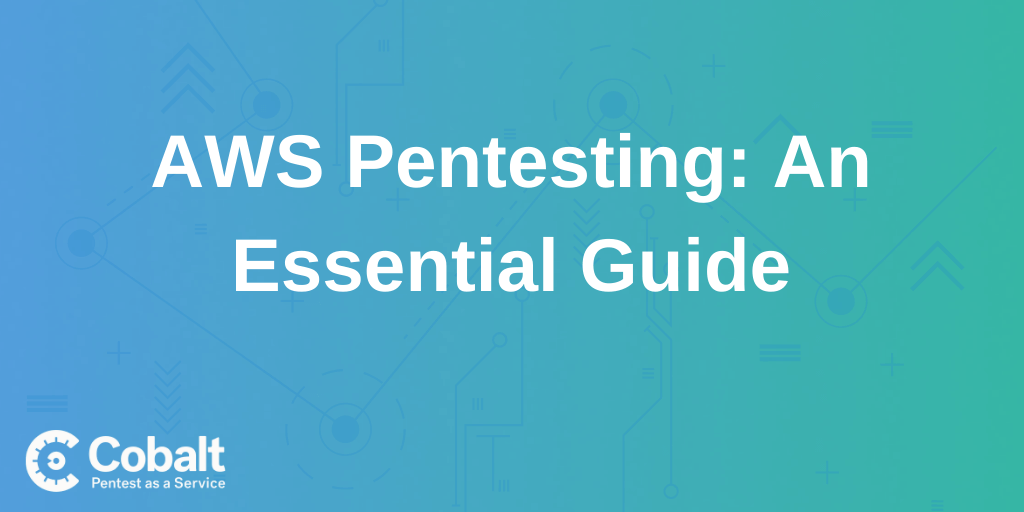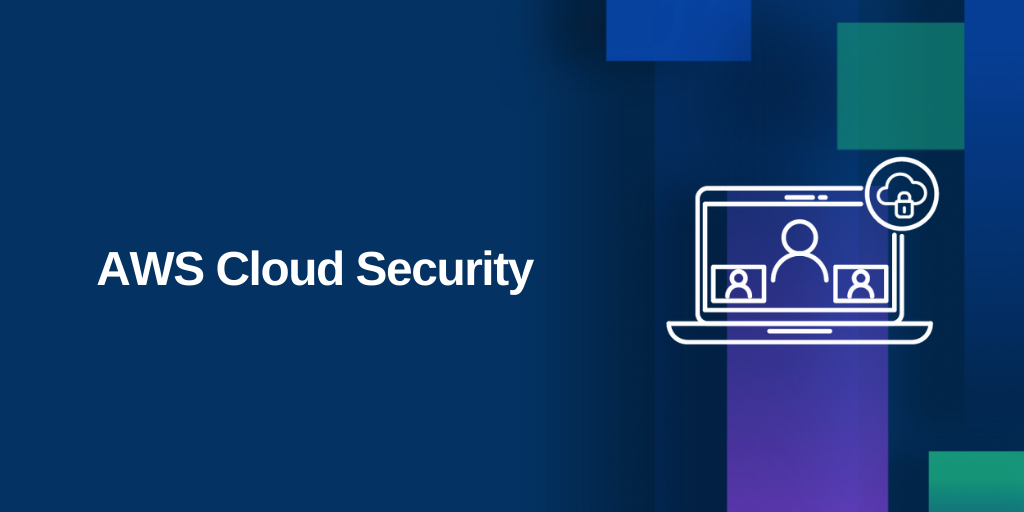Any digital platform is at risk of a devastating breach. Attacks can even happen to tech-giant Amazon Web Services (AWS). Cybercriminals take advantage of vulnerable Simple Storage Service (S3), poorly constructed configurations, and obfuscated Cloudtrail logs.
Cyberattacks have become commonplace, creating a need for continual security testing. However, a specific methodology is necessary when executing AWS cloud penetration testing (pentesting).
We’ve compiled this guide to help companies enhance their security posture. We’ll discuss what is pentesting in AWS and how to implement it into an organization’s operations.
What is AWS?
Amazon Web Services (AWS) is the world’s largest cloud platform, delivering over 200 enterprise-level features to over 190 countries worldwide. Industry leaders, government organizations, and even SMEs all take advantage of AWS's cloud computing.
Businesses and agencies that subscribe to AWS's services can lower costs, adapt to changing environments faster, and enhance their product lines or services at an unprecedented pace.
However, these companies expose themselves to an inherent risk of cybercriminal activity by using an online platform. As the potential for damages escalate, the need for security increases as well.
Be aware, when conducting AWS application security testing, the exercise needs to occur on client-side components and not the actual AWS instance.
The Importance of AWS Pentesting
As AWS continues to roll out more services and its millions of current users further expand, the system becomes exponentially more complicated. This growing complexity creates avenues for attackers to capitalize on undiscovered vulnerabilities. Problems only increase when you also factor in the human element. For cybersecurity professionals to combat these expanding challenges, it's essential to perform AWS pentesting regularly.
Top reasons to conduct an Amazon AWS pentest:
-
An environment has been constructed with wide open security groups and excessive permissions.
-
Misguided understanding concerning the ‘shared responsibility model,’ leading to misinformation regarding risk exposure.
-
Failure to comprehend the critical components of multi-factor authentication requirements, implementation, and operation. Businesses may not inform employees as to the risk potential of social engineering or credentials theft.
-
Negligence towards maintaining compliance regulations, such as HIPAA, PCI-DSS, and FedRAMP that impacts the networks and data centers. Companies must run an AWS pentest application to identify, resolve, and remediate any compliance gaps.
-
Zero-day vulnerabilities.
Organizations should integrate an AWS pentesting policy into every company's operations to ensure that its security is adequate.
Amazon also adheres to the shared responsibility model and has extended AWS pentest approval measures to its user base. However, organizations should turn to security professionals who have the expertise to conduct a proper Amazon pentest. Security partners will know what to test and which pentest simulations require Amazon approval.
Three Main Types of AWS Testing
1. Testing on the Cloud
An example of this type of test would be a virtualized system that has been moved from on premise to the cloud.
2. Testing in the Cloud
Testing systems within the cloud that are not exposed publicly. An example would be testing the server hosting an application.
3. Testing the Cloud Console
A configuration test of the cloud console. Examples would be looking at user accounts, their permissions, access mangement which have been configured.
Performing these types of Amazon cloud security tests gives business owners clear, definitive answers to how their systems and environment components are performing risk-wise and whether or not there are any urgent remedial actions that should be urgently prioritized.
But before investing the time and manpower required to complete an AWS pentest, it’s imperative that business owners have a full understanding of what these AWS cloud security tests entail, and how they are different from other forms of penetration testing.
AWS vs. Traditional Pentesting
We recommend regular pentesting of any at-risk system. However, the methods used for traditional pentesting and AWS pentesting can differ in several ways. This difference traces back to who ultimately owns the system.
Since AWS is a subsidiary of Amazon that delivers on-demand cloud computing platforms and APIs to businesses worldwide, it's understandable that they wouldn't want even professional AWS pentesters testing its systems.
AWS pentesting against the core system is likely to elicit a response from Amazon’s AWS security team.
Granted, AWS offers a multitude of cloud hosting services that range from simple storage to complex network infrastructures. While these services allow companies to scale their web services when needed, at the end of the day, they are owned by Amazon.
This lack of ownership means that individuals cannot perform AWS pentesting to the underlying platform without explicit permission from Amazon. However, an organization is free to test its configurations and assets within the environment.
What to Test in the AWS Cloud
AWS has several vulnerabilities specific to the system. However, some become targets more frequently than others. Attackers will typically:
- Exploit misconfigured S3 Bucket and permissions flaws.
- Target and compromise AWS IAM keys.
- Hijack vulnerable domains due to Cloudfront misconfiguration.
- Apply Lambda backdoor functionality and establish access to private clouds.
- Hide evidence of intrusion by obfuscating Cloudtail logs.
Pentesters need to understand how an attacker will manipulate a system or steal sensitive materials. By performing AWS pentesting in a manner that a hacker would, they can find real vulnerabilities.
What NOT to Test in the AWS Cloud
As stated earlier, companies can only test what they own. Businesses usually subscribe to AWS Software-as-a-Service (SaaS) platforms. As Amazon retains the rights to these services, users cannot test them in the way a company would test its private systems. The right of ownership extends to any physical hardware and underlying infrastructure.
Aside from AWS’s services, third-party partners and vendors are also considered off-limit for AWS pentesting.
However, the company’s configurations attributed to the SaaS platforms allow it to conduct tests to check for potential exploits.
How Cobalt Can Help with your AWS Security
Empowered by a global network of highly vetted, high-quality pentesters, each of whom is supported by our handpicked Core Team. Cobalt offers security and compliance best practices assurance on the Amazon Web Services, helping you prioritize risks and make your AWS cloud security posture more proactive. Our actionable remediation reports give your DevOps teams a leg up in fixing Amazon cloud security vulnerabilities, helping you serve your customers better without hassles or disruptions.
Explore the benefits of conducting agile AWS pentests with our innovative Pentest as a Service (PtaaS) Platform that provides:
-
A detailed description and proof of concept for each finding
-
Fast and actionable compliance and remediation reports for your AWS assets and real-time feedback
-
Risk severity mappings on the cloud and insight into the level of effort needed to secure your Amazon web services and apps
-
Seamless integration to your software development lifecycle
-
Descriptions, screenshots, and suggested fixes for vulnerabilities
Ready to get started with AWS pentesting? Contact the Cobalt team today and learn more about Amazon Web Services security.




















